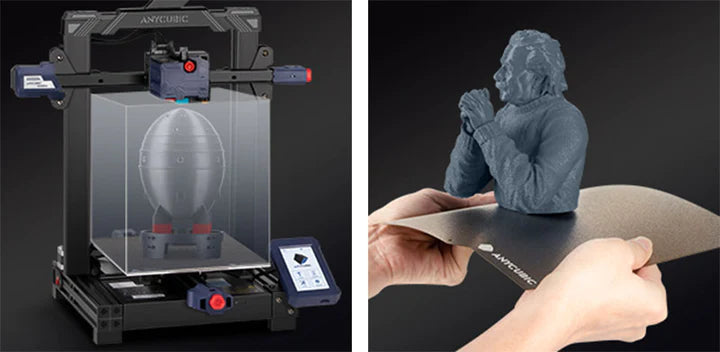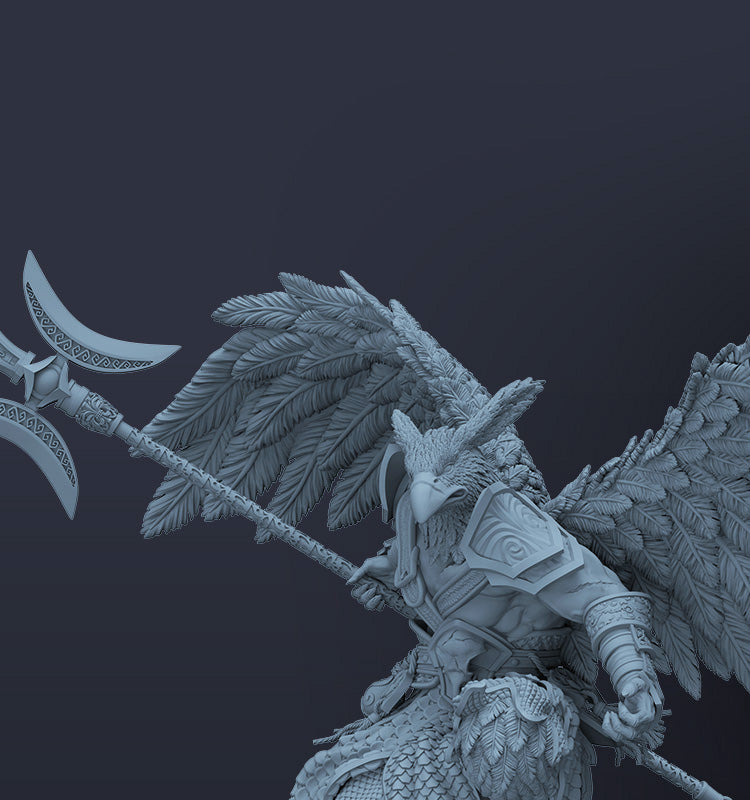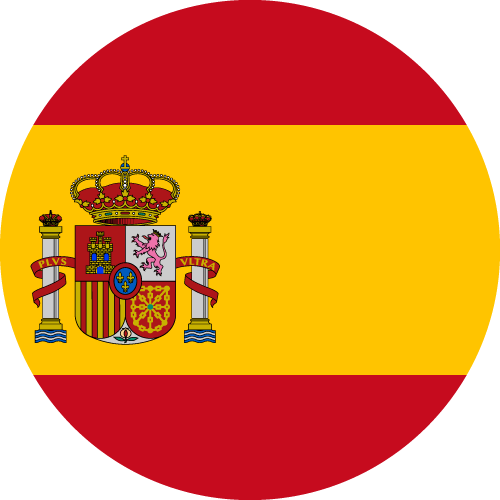Nowadays, 3D printing is no longer an unfamiliar concept to us. Many people know about 3D printing and are very interested in it, because 3D printing is undoubtedly an act full of imagination and creativity. Even more and more people have their own 3D printers and are ready to conduct research and practice in this area. But for beginners, how to start 3D printing? Considering many people who are new to machines, we are here today to provide you with a simple tutorial on FDM 3D printers.
- Step 1: Choose a 3D Printer Suitable For You
- Step 2: Choose the Filament as the Material of 3D Printing
- Step 3: Build or Find an Ideal 3D Model to Print
- Step 4: Install Slicing Software and Set Parameters
- Step 5: Running the FDM 3D Printer
- Step 6: Move the Model off the Print Bed
- Step 7: Post processing
Choose a Suitable Desktop FDM 3D Printer
FDM 3D printing is by far the most popular option, and operating an FDM 3D printer is relatively simple, allowing for a lot of interesting model making. Moreover, compared with the high threshold of industrial-level 3D printing, there are already many mature brands of desktop-level 3D printers on the market for enthusiasts to consume. For beginners, some entry-level 3D printers also have an automatic leveling function, which can solve the pain point that the first layer printing may not be successful, and greatly reduce the difficulty of trying FDM printing. For example, Anycubic Kobra is rated by All3DP as the Best 3D Printer for Beginners in 2022 and solo as the Best Budget FDM 3D Printer of 2022. Read the review here.
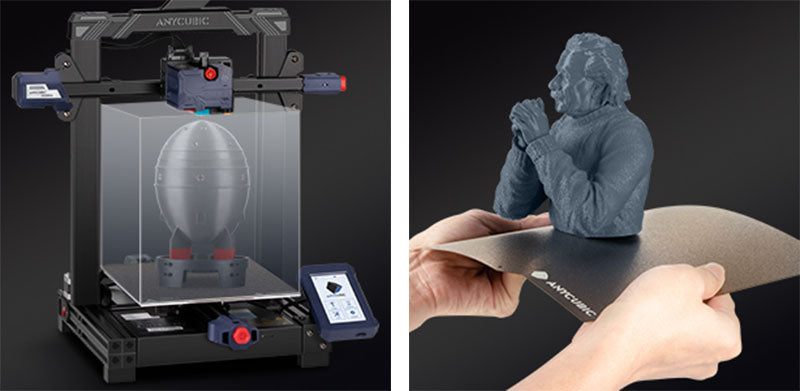
How to Choose Filament for FDM 3D Printing
The most common filament is undoubtedly PLA, and ABS is also popular. For their use, please refer to the guide of FDM Printing: Everything about 3D Printing Filament. The cost of using PLA is not very high that is friendly to novices, and it is also used by most FDM 3D printing. Popular choice, you can hardly go wrong. Of course, the quality of the filament will also affect the printing success rate to a certain extent, so it is necessary to choose a good quality PLA filament. If you pursue a certain hardness, ABS will be a good choice. The higher printing temperature it requires can be achieved by most printers, so there is no need to worry about this.
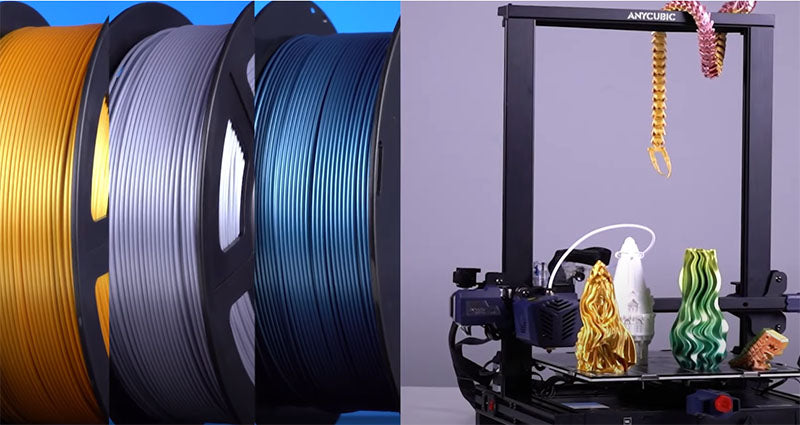
Build or Find an Ideal 3D Model to Print
Create a 3D model. If you have professional modeling knowledge, 3D printing technology will restore your digital model creation to an actual object, you only need to learn how to operate a 3D printer. If you are just interested in model printing, then learning 3D model creation or downloading 3D models shared by others are good choices. AutoCAD and 3Dsmax are commonly used 3D drawing software, and they can be output or converted to STL format files, which are very convenient to use on 3D printers. Of course, creating an ideal model is not an easy task, and there are various interesting models on the forums for 3D printing enthusiasts, as well as on the Thingiverse, which can be downloaded and discussed.
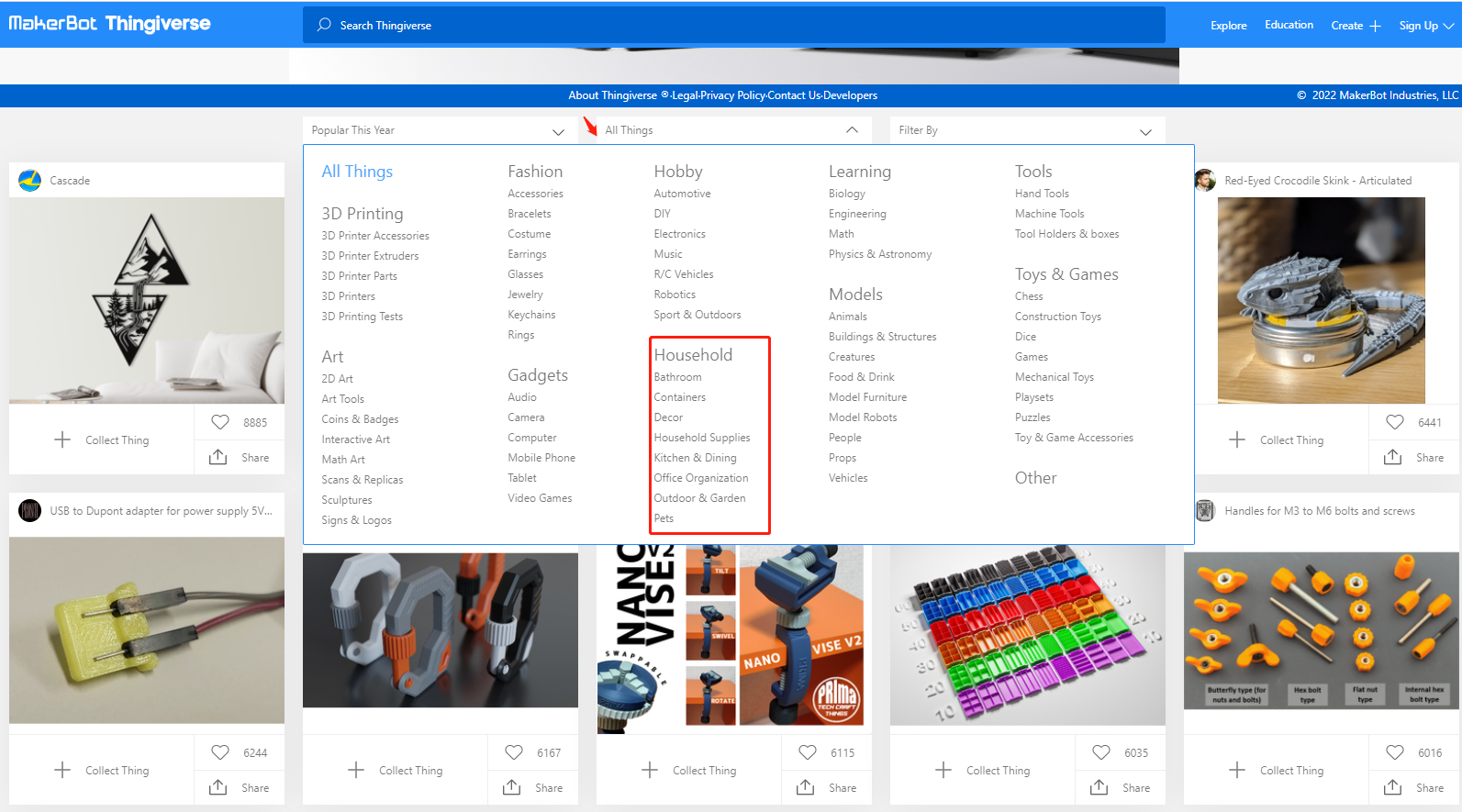
Install Slicing Software and Set Parameters
Slicing software is a software for setting parameters and converting model formats. The correct slicing operation of the model can significantly improve the success rate of the 3D printer to print the model. After you have selected the model, put the file into the slicing software, set some parameters according to the machine, and then save it to the SD card. The stored file format needs to be g-code. Finally, insert the SD card into the printer and you can start printing. The commonly used FDM 3D printing slicing software is Cura, which provides parameter settings for many common models of FDM printers, and can also support users to adjust according to their needs. It is a very popular and powerful slicing software.

Running the 3D Printer
In fact, running the 3D printer is instead a relatively simple step. Especially when you try the test model files that come with the printer, there will be no difficulties and the printing will almost always work well. Run the machine, feed the filament, select the file to print, wart for the nozzle and print bed to heat up to the set temperature, then the printer will automatically start printing. If the first layer renders very well on the print bed, then you can reduce most of your worries and the print is usually printed successfully. If the first layer is not printing so perfectly, for example the filament is not adhering to the platform, then you need to adjust the z-axis. If the filament is being extruded intermittently, then you need to adjust the extrusion force of the extruder.
 Model printed by Anycubic Kobra Plus
Model printed by Anycubic Kobra Plus
Move the Model off the Print Bed
When you’ve finished printing and turned a digital 3D model into a physical object, it’s exciting to even think about it. Please be patient, if the print bed is lattice glass, then you need to wait for the print platform to cool down completely before you can easily remove the print model. If your printer is equipped with a spring steel platform, it has always been easy to remove the model, please wait until the printing platform cools down, you can pick up the spring steel plate attached to the print bed, bend it gently downward and the model can be easily removed off.
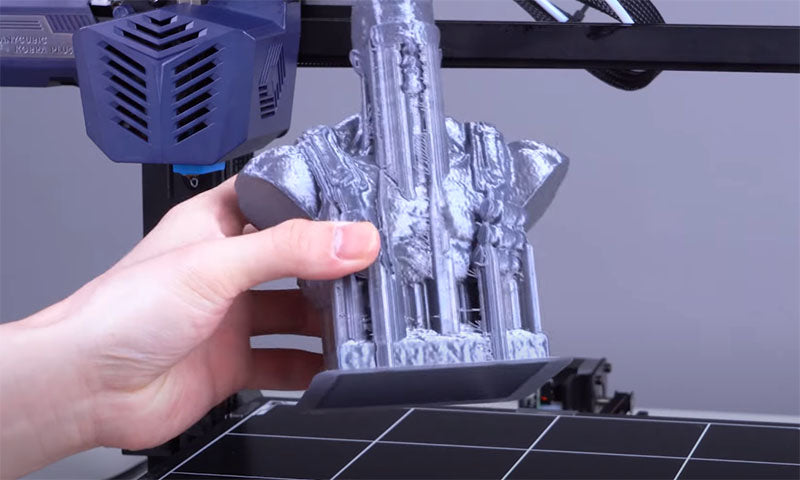 Guide: How to Remove the 3D Print from Print Bed
Guide: How to Remove the 3D Print from Print Bed
Post processing of FDM 3D Printing
This last step is not required. Most models printed by FDM printers have completed the final step of how to use the FDM printer, the model do not need to be treated and cured with high concentrations of ethanol like models printed by SLA printer. But there are cases where are some imperfections on the print, or you just don’t want to see visible layer lines on the print, then it is possible to continue to do post-processing. Depending on the filament you are using to print, choose the right chemical regent. For example, methane chloride is reactive to PLA materials and is therefore used to treat the surface of PLA models. Acetone can melt ABS and people often use the acetone vapor to smooth the surface of ABS.

